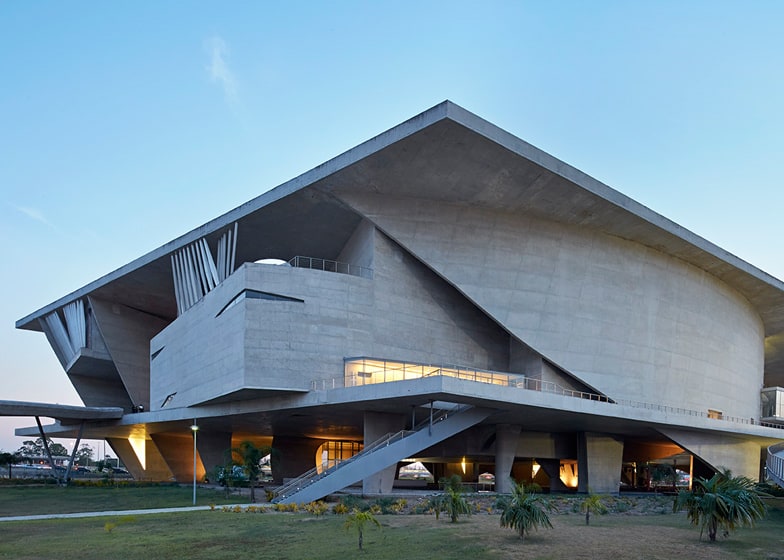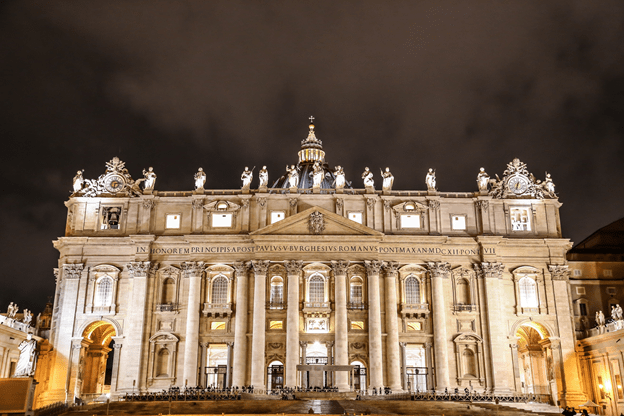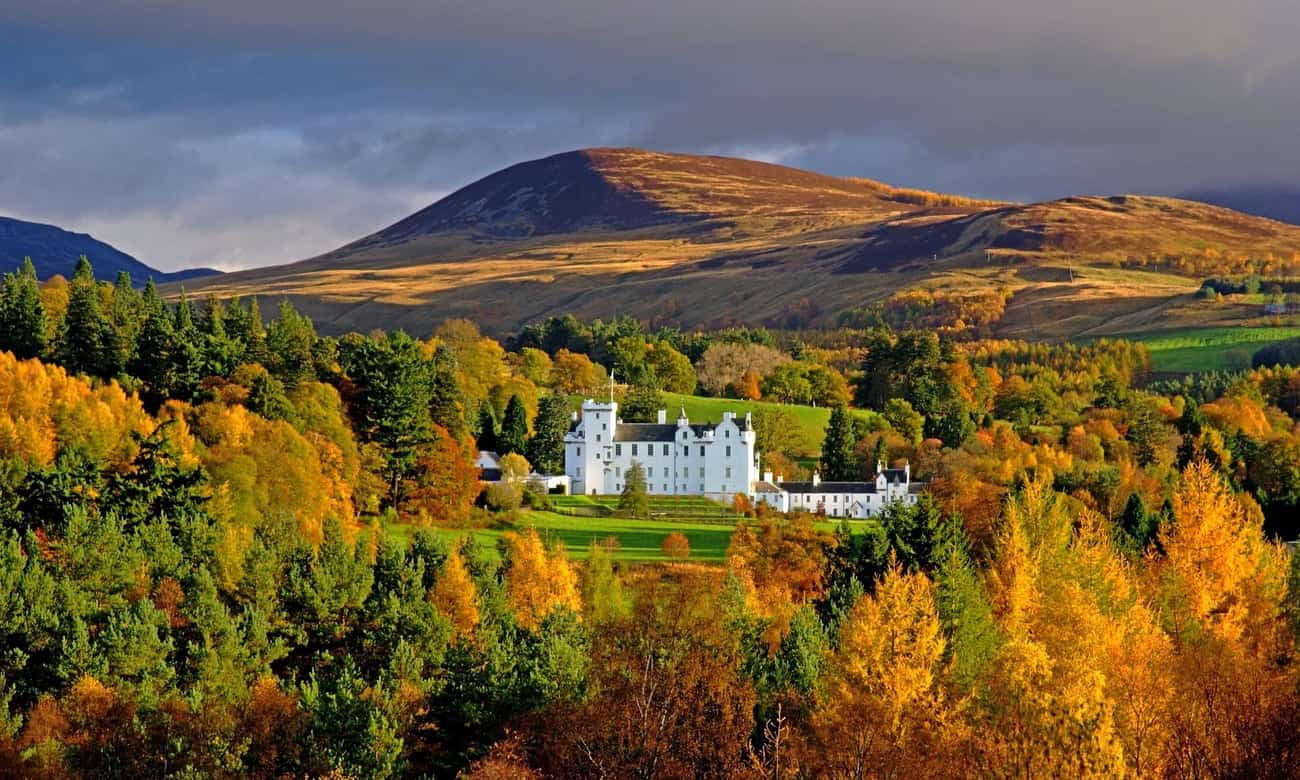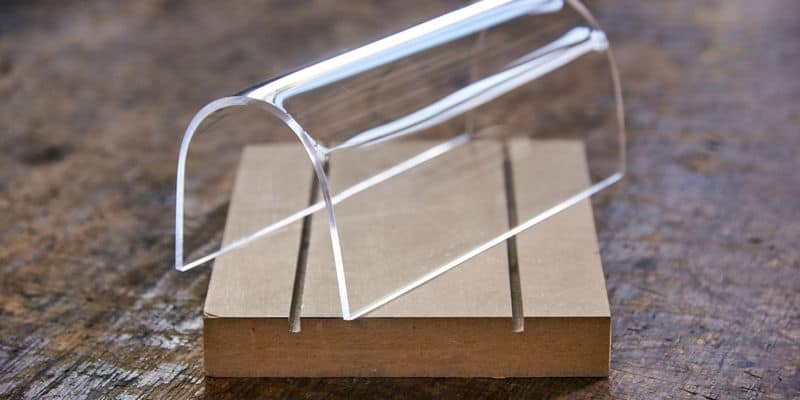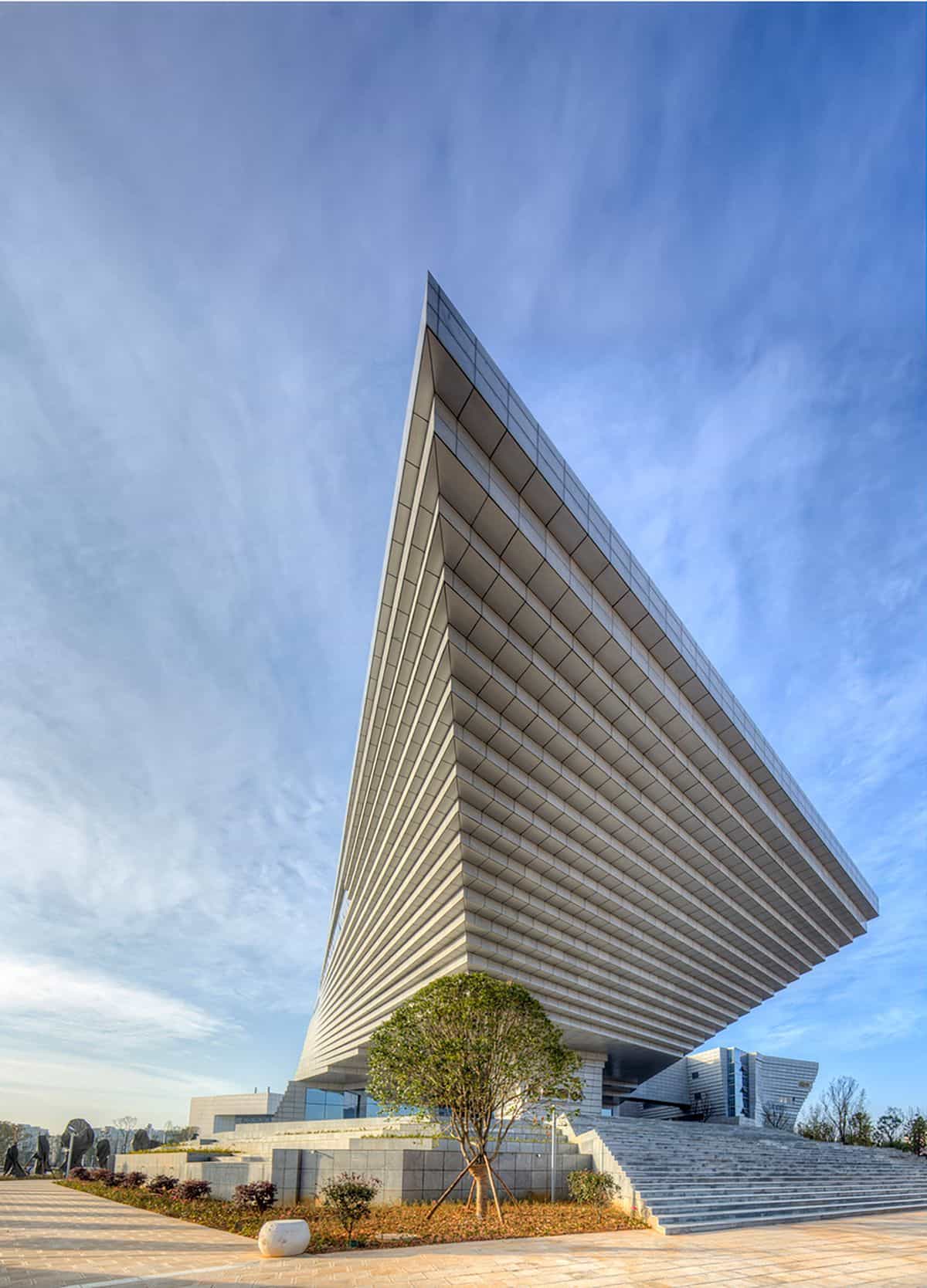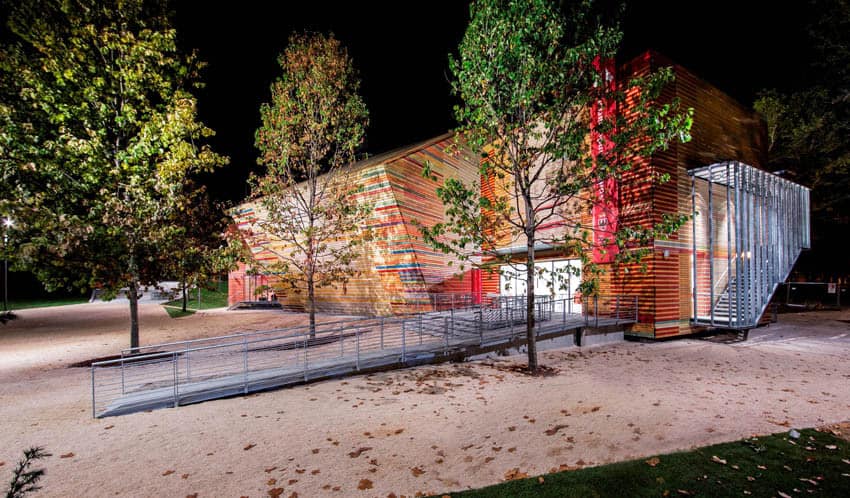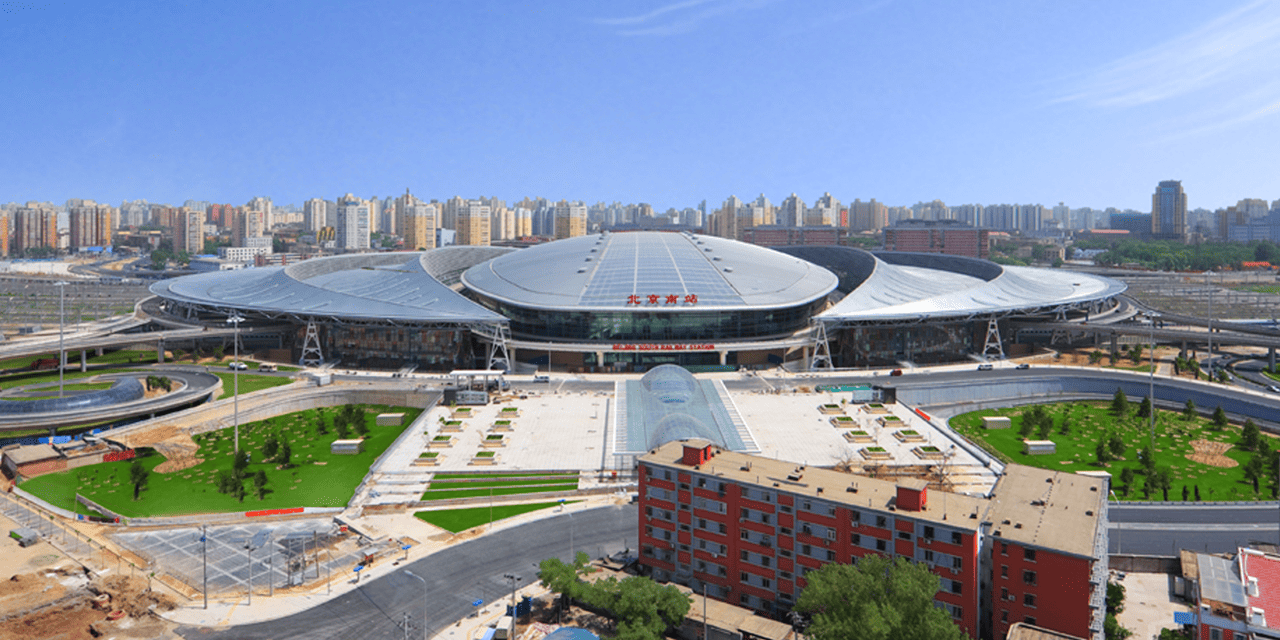Cidade das Artes is a massively impressive concrete building standing in the middle of two busy highways in Rio de Janeiro, Brazil. The architect took over a site in the middle of a new district in Rio de Janeiro called Barra da Tijuca. With a site in an area that was lacking of major landmarks and public spaces, the architect’s mandate was clear. He was charged with creating a building that would define the space and act as a major landmark for the new municipality.
In a new district that doesn’t have streets, urban landmarks and public symbols it was upon the Town Hall to come up with a creative arts complex which would be used partly as a public space and partly as the town’s administrative centre. The site is located at the centre of 14 kilometres of plain land in between the sea and the mountains. In a vastly flat area, there was nothing much apart from the interchange between the two highways crossing the district. One of the highways has only a couple of residences and offices on the express way.
Architect Christian de Portzampac was inspired by the bareness of the vast land and attempted to design a building which would serve as the centre of the new district. In so doing, Cidade das Artes was born. The building imposes on the land, floating on the plain like a fallen space-ship and standing high with a lot of visibility.
The building is a connection of complex ideas within itself giving birth to the notion of a small city. It is organized around a terrace that was raised 10 metres above the ground. Under the terrace is a tropical, aquatic garden designed by Fernando Chacel. The terrace was designed to be a gathering point from where you have access to every part of the building including stunning views towards the Rio’s amazing landscape, the sea, the lakes and the dancing line of the mountains.
On the terrace, a variety of spaces are hosted. Some of them include a special concert hall (1,800 seats) that can easily be converted to an opera house (1,300 seats), a performance space for chamber and popular music, several dance studios, rehearsal rooms, exhibition spaces, restaurants, shops, administrative offices, electroacoustic room (180 seats), headquarters of the Brazilian Symphonic Orchestra, 3 movie theatres, parking lots and a media library.
The architect designed curved walls between the two major slabs- the roof and the terrace slab. These curved walls combine into an interplay of volumes and voids to provide the available functional spaces. The intention by the architect was to see the Cidade das Artes appear like a huge house with an enormous veranda above the city.
The numerous curves, lines, and undulating curvilinear walls were inspired by the adjacent Siera Atlantica Mountains and the sea line. Simply a work of well thought architecture.
Project Information
Architects: Christian de Portzampac
Client: City Hall of Rio de Janeiro
Landscape Architect: CAP, Fernando Chancel
Location: Barra da Tijuca, Rio de Janeiro, Brazil
Gross Total Area: 90,000 sq.m.
Photography: Hufton + Crow

